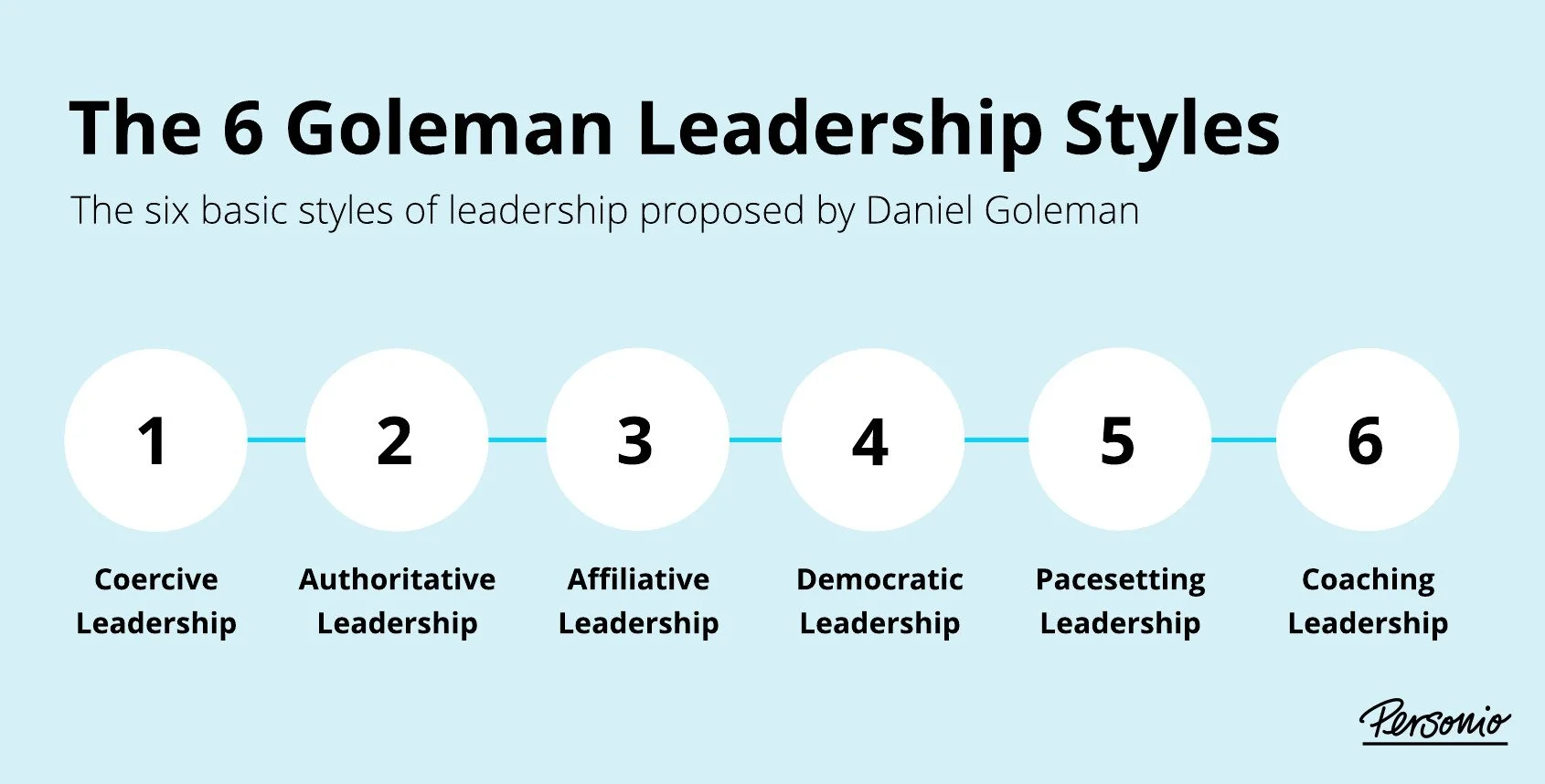Unpopular opinion?
001. The needs of the business must have a seat at the table at all times.
In today’s leadership discourse, it's trendy to champion "Human First," "People First," or "Servant Leadership" — emphasising people over processes and profit. Yet, this trend, when applied in isolation, is narrow-sighted — often reduced to a platitude played for ‘likes.’ 👍
While prioritising employee well-being is vital for long-term success, the sustainability of any organisation hinges on balancing this with the strategic objectives that drive business performance. Failing to address the needs of the business undermines the very foundation that supports both people and progress. True leadership lies in cultivating both human capital and business viability in harmony.
Moreover, neither people nor businesses thrive under a singular approach. Leadership flexibility is essential, adapting styles to meet the evolving needs of both employees and the organisation.
Leadership of the human connection
Undeniably, in a world reeling from the effects of capitalism, individualism and neo-liberalism; environmental destruction; shareholder enrichment; years of successive wars - domination and oppression writ large on a global stage - today’s hero, surely, is the anti-shareholder mentality, putting people over profit, particularly in corporate business.
To be clear, the fundamental importance of quality relationships is not under scrutiny in this post.
Leadership of kindness is much needed.
At Attuned, we talk about Success Through the Human Connection; of Seeing the Person in Your People - a learnable ability to see the innate humanity in the person in front of us, and to remember the notion of sonder (the feeling one has on realising that every other individual one sees has a life as full and real as one's own).
The time for people to be valued deeply by any business or organisation is certainly long overdue.
People first only is a limited perspective
In terms of leadership styles, people-first, relationship-first leadership is affiliative leadership.
Simply put, it’s just one colour of the rainbow.
While American Psychologist Daniel Goleman is often solely credited, it was Goleman, Richard Boyatzis, and Annie McKee (2002) who came up with their famed six styles of leadership, affiliative being one.
Affiliative leadership is hugely beneficial when building trust, when someone in your team is struggling with stress and burn-out, and when there’s conflict. But when used as a dominant mode, it can mean that results and productivity under-perform and impactful conversations are sidelined.
One mark of an effective leader and people manager is their ability to flex; to understand the ‘levers of leadership’, as I call them, that are available to them. An effective leader uses these levers, or styles, based on situational analysis to determine the most appropriate input at the time to work towards the best impact and results both circumstantially and holistically.
As much as an affiliative approach may be required in the moment, other choices may be more suitable.
An effective leader must also recognise the balance between the business needs and the needs of its employees:
people have needs, wants and preferences
the business and organisation also has needs, desires, rhythms and appetites too.
Leaders must recognise that what is required from their style in the moment may not always be what people want, but need.
In isolation, affiliative leadership alone can rob an organisation of its responsibility to provide what I call ‘Two Hands of Leadership’ to its people:
One hand: wellbeing, empathy, recognition and kindness.
The other hand: clarity, candid feedback, expectations, performance and standards.
At times, businesses and people both need:
different leadership styles to be used.
feedback to be provided.
performance to be managed.
And that requires more than an affiliative leadership approach. People need greater plurality from their leaders.
If we solely prioritise relationships over more functional aspects of organisational operations and need, we will choke the potential that a more varied, richer approach will deliver by more closely meeting the needs of people and situations and having its leaders flex to this.
Goleman, Boyatzis and McKee (2002) Leadership Styles.
If you’d like to talk about any of the issues raised in this article, contact us.

